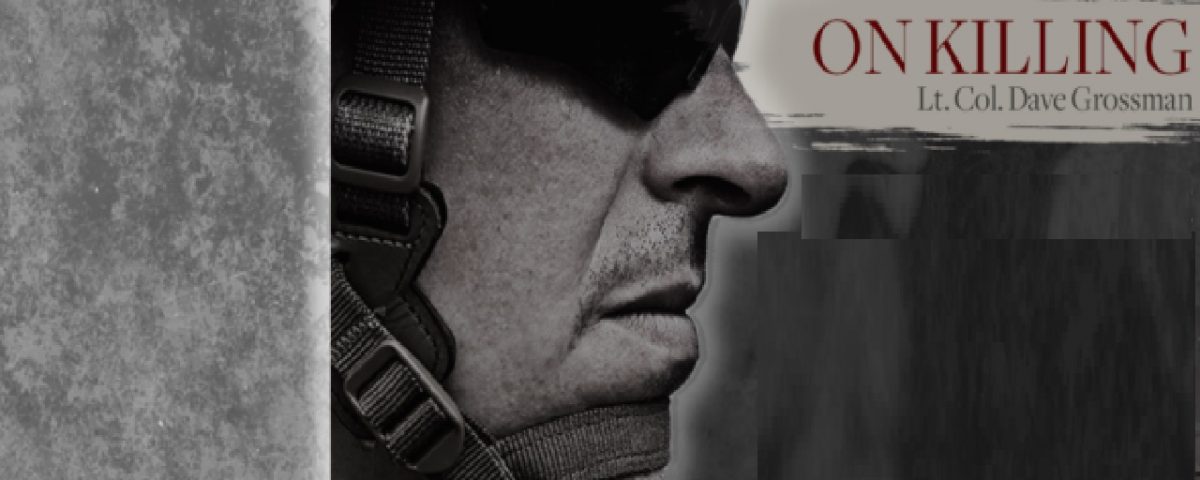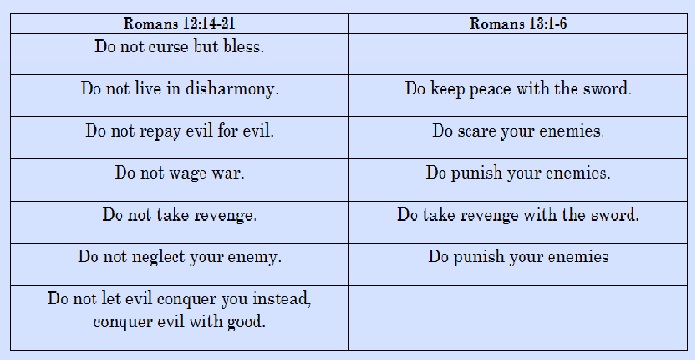Author of the Civil War Collector’s Encyclopedia F. A. Lord tells us that after the Battle of Gettysburg, 27,574 muskets were recovered from the battlefield. Of these, nearly 90 percent (twenty-four thousand) were loaded. Twelve thousand of these loaded muskets were found to be loaded more than once, and six thousand of the multiply loaded weapons had from three to ten rounds loaded in the barrel. One weapon had been loaded twenty-three times. Why, then, were there so many loaded weapons available on the battlefield, and why did at least twelve thousand soldiers misload their weapons in combat?
I believe that the only possible explanation for the vast majority of these incidents is the same factor that prevented 80 to 85 percent of World War II soldiers from firing at the enemy. The fact that these Civil War soldiers overcame their powerful conditioning to fire through drill clearly demonstrates the impact of powerful instinctive forces and supreme acts of moral will.
If Marshall had not asked the soldiers immediately after battle in World War II, we would have never known the amazing ineffectiveness of our fire. In the same way, since no one asked the soldiers of the Civil War, or any other war prior to World War II, we cannot know the effectiveness of their fire. What we can do is extrapolate from the available data, and the available data indicate that at least half of the soldiers in black-powder battles did not fire their weapons, and only a minute percentage of those who did fire aimed to kill the enemy with their fire.
Secretly, quietly, at the moment of decision, just like the 80 to 85 percent of WW2 soldiers observed by Marshall, the soldiers found themselves to be conscientious objectors who were unable to kill their fellow man… and if you look deeply enough you will soon discover that this is also what happened in the other black-powder battles about which we do not necessarily have the same kind of data.




